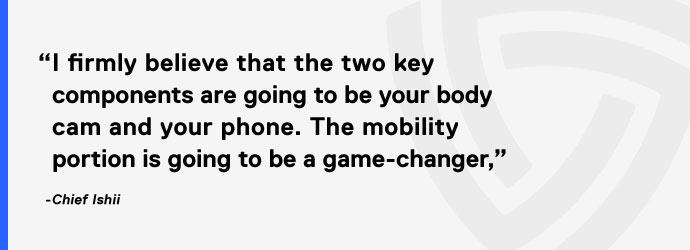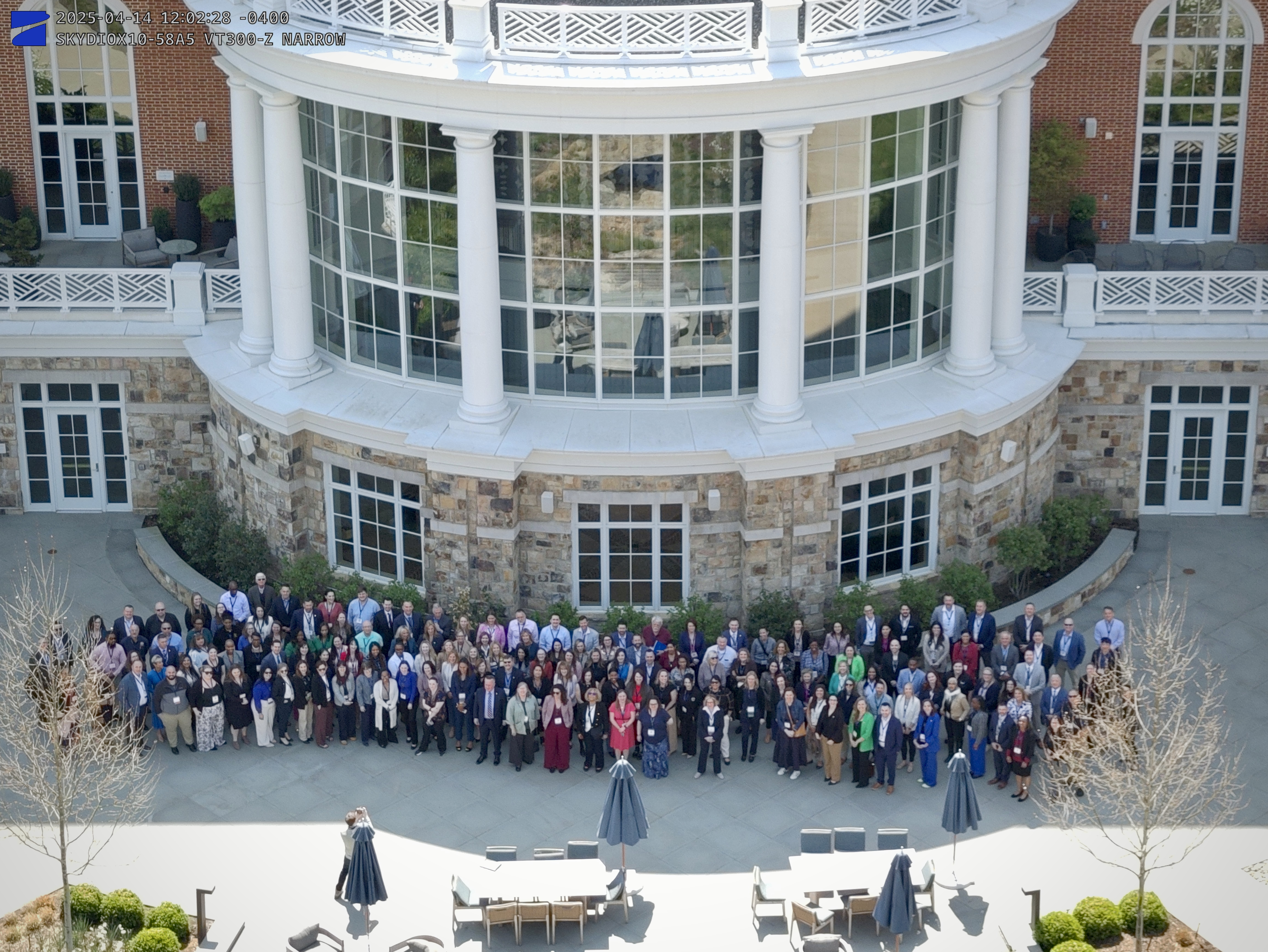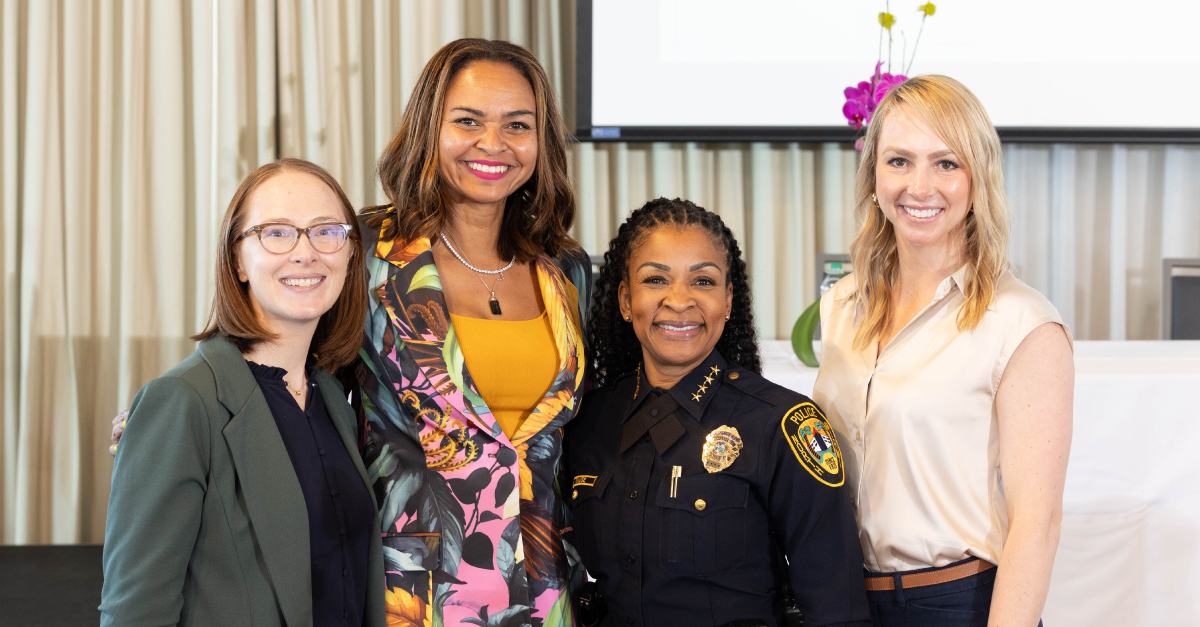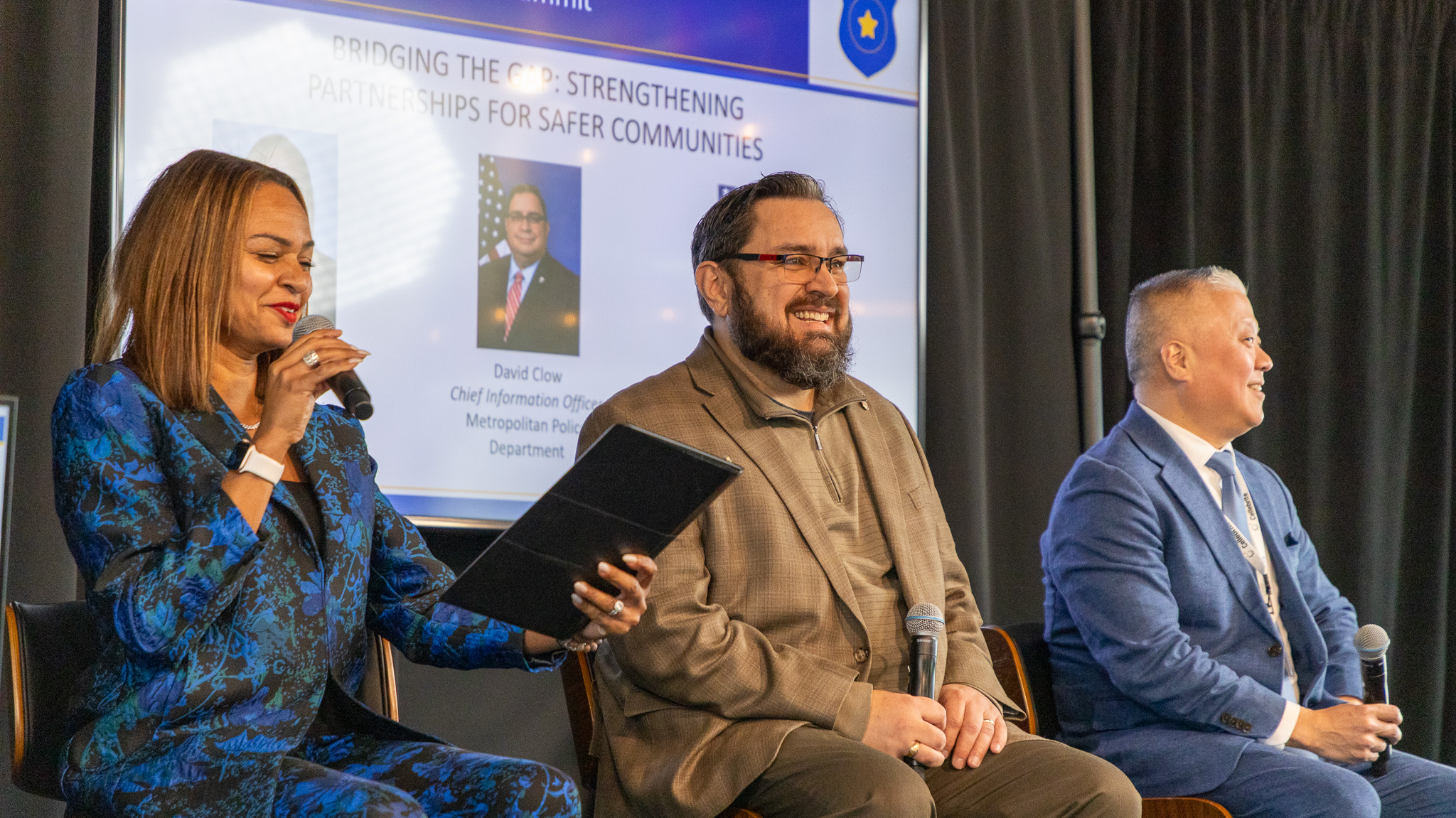
Ten years ago, I had the opportunity to meet Chief Michael Ishii from the Hawthorne (CA) Police Department. At the time, Chief Ishii was a captain, but it’s no surprise that his innovative spirit led to him ultimately being appointed the Chief of Police. Fast-forward to today and Chief Ishii continues to pioneer how public safety officials serve their communities with an emphasis on working smarter and maintaining a positive environment – both within the police department and among the Hawthorne community.
I recently sat down with Chief Ishii to hear how things have changed over his 32-year career and what excites him about the future of law enforcement and public safety.
Chief Ishii has introduced a myriad of forward-thinking initiatives and approaches including, but not limited to, Coffee with a Cop, Ride to Live, the Neighborhood Mobile Substation, and Care4Blue. Even during the challenges posed by a once-in-a-generation global pandemic, Chief Ishii has maintained an emphasis on having a clear strategy centered around leveraging modern technology. Public safety leaders looking to make a sustainable impact can adopt a similar approach through Chief Ishii’s key takeaways:
- Be deliberate: meet your stakeholders where it matters most
- Adopt and embrace cloud technology
- Tell your story through data-driven policing
- Prioritize mobile technology as a key asset in your officer’s tool belt
- Seek a partner, not just a vendor
- Foster a sought-after culture
- Think about what’s next and how your legacy can make a difference
Being deliberate: meeting stakeholder needs
Modern technology is needed to enhance communication and collaboration with your stakeholders. For Hawthorne, the three key groups of stakeholders are: business owners, schools, and the community. You need to identify your stakeholders, and be in touch with what those stakeholders need and how your agency plays a role in the bigger picture.
Adopting and embracing cloud technology
As recently as five years ago, the idea of putting police data in the cloud was a tough concept for many public safety leaders to understand and accept. Now, skillset constraints and costs have made it increasingly difficult to maintain obsolete on-premise hardware. Taking hardware out of the equation allows cities to move forward with seamless interoperability, especially when working with other agencies. Agencies need to be able to configure workflows to best meet the needs of each agency where they need it most. Cloud technology allows cities to increase officer safety and also engage in more collaborations at a reasonable cost, making it easy to adapt to your community’s needs today, tomorrow, and beyond.
Tell your story through data-driven policing
Public safety agencies need to do a better job of telling their story. To do that, there needs to be a strategy that is built around easily accessible data. By having all information come from one source of truth, the Mark43 Platform (Records Management System and Computer-Aided Dispatch), Chief Ishii can quickly understand what’s actually happening in his community. He can also build trust with his many stakeholders by sharing this information, via dashboards, presentations, and other media. It’s important to paint a better, more specific picture of what your agency is doing and where you want to go. Having that data accessible on your phone is also a big piece of the strategy.
Prioritize mobile technology as a key asset in your officer’s tool belt
One, clear platform is just as important as the radio. Public safety leaders need to put emphasis on the crucial necessity of mobility when evaluating future software. Body cameras and phones go hand-in-hand when it comes to importance.

Public safety needs a partner, not just a vendor
First, you need to ask yourself: what problem are you trying to solve? Once the product alignment is identified, agencies and cities need to select a vendor that will be a strategic partner throughout the relationship, not disappear once the contract is signed. Ask potential partners about their values and how they will continue to support public safety’s mission to determine whether you see a cultural fit.
If you build (a great culture), they will come
Trying to recruit and retain officers is a difficult task. Internal culture is the biggest recruiting tool for Hawthorne Police Department. Chief Ishii wants recruits to buy into the mission by showcasing Hawthorne PD’s technology-driven culture and envisioning themselves as part of the team. Today’s police officers are accustomed to using modern, leading-edge tools in their day-to-day life, and they want to see that they can use those same tools in their work environment.
The next big thing: officer wellness
Chief Ishii discussed the importance of data and how to tell an agency’s story, but this time it’s about telling the story of the health and safety of your officers. Over the last few years, addressing officer wellness has become a leading priority of many Chiefs. Modern technology, like Mark43 RMS, allows agency leadership to proactively track pertinent information around officer responses to critical incidents in order to keep officer wellness at the forefront of your strategy. Having access to this data allows agencies to provide support and resources today, not ten years after the matter.
Check out the on-demand Fireside Chat with Chief Ishii to learn more.





